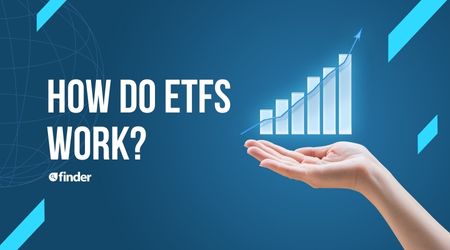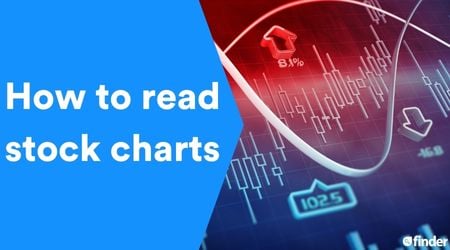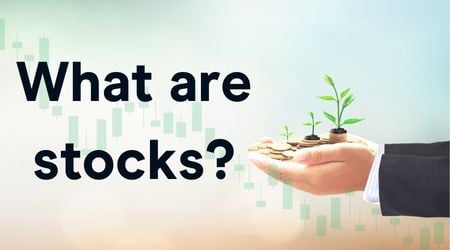Accumulation
Accumulation happens when you actively save and grow your money through RRSPs, mutual funds, savings accounts and more. This phase of retirement planning happens while you’re still working and earning a paycheque.
With today’s long life expectancies, your retirement could end up lasting 20 to 30 years — roughly the same length of time you spend in the workforce. Make those years truly golden with a solid retirement plan.
Retirement planning is the process of identifying your retirement goals and then deciding which actions to identify and prioritize. There are two ways to get there: accumulation and cash flow.
Accumulation happens when you actively save and grow your money through RRSPs, mutual funds, savings accounts and more. This phase of retirement planning happens while you’re still working and earning a paycheque.
Depending on your investments, you could generate cash flow in retirement through real estate, bonds or GICs.
There are 4 simple steps you can take to start planning for retirement:
Think about what your dream retirement looks like. Will you travel the world? Start a passion project? Spend more time with family?
Having a clear picture of your life during retirement will help you figure out how much money you’ll need to fund it.
Start by calculating how much money you’ll need for retirement. Then decide if you can realistically save that much given your age and potential retirement date.
If it’s out of reach, consider adjusting your expected lifestyle until you find a happy medium. This could include pushing back your retirement date so you have more time to save, downsizing your home, or relocating to an area with a lower cost of living.
Follow these 2 steps to calculate how much money you need for retirement:
This number tells you how much you need in savings to comfortably withdraw 4% a year.
Use the chart below to quickly spot how much you need to save based on various incomes:
| If you want your annual income to be this much in retirement… | … then you need to save this much*… |
|---|---|
$40,000 | $1 million |
$50,000 | $1.25 million |
$60,000 | $1.5 million |
$70,000 | $1.75 million |
$80,000 | $2 million |
*Based on a 4% withdrawal rate
There are many types of assets you can use to fund your retirement. But you’ll maximize your cash flow if you use a mix:
There are many unexpected risks that threaten your retirement savings. Put a plan in place to protect your assets from any curveballs life may throw your way:
A tax-efficient withdrawal strategy will keep more money in your pocket as you move through retirement. Ideally, you want to use a mix of CPP, tax-deferred and tax-exempt accounts each year. This keeps your taxable income low, which will save you money when you file taxes.
For some retirement assets, like TFSAs, you can delay withdrawing funds as long as you’d like. But RRSPs require you to take minimum distributions once you hit 71, at which point RRSPs must be converted to RRIFs, annuities or lump sum payments. Funds from an RDSP must be withdrawn once the beneficiary becomes 60 years old.
Response | |
|---|---|
| About the same | 34.17% |
| Yes | 32.97% |
| No | 27.37% |
| Not sure | 5.49% |
Your retirement planning needs to shift as you get older. This should be your main focus at 3 different stages of life:
When you’re starting out in your career, money is tight and retirement seems ages away. But time is on your side. Every little bit you save has decades to compound and earn interest. That’s why saving should be your number one priority — even if you can’t save much.
Take advantage of any employer-sponsored retirement plans, including RRSPs. Many employers match contributions to these accounts, which puts even more money in your pocket.
You should invest at least enough to get 100% of your employer’s match each year. The maximum tax-deferred RRSP contribution rate in 2021 is 18% of your income up to $27,830. The maximum tax-exempt TFSA contribution amount in 2021 is $6,000—note that unused contributions can carry over to future years.
The Rule of 72 is a little trick you can use to quickly calculate how long it’ll take you to double your money. Simply divide your interest rate by 72 and you’ll roughly have the number of years it’ll take you to double your money.
To put this in perspective, let’s look at an example.
If you invest $10,000 in an account earning 7% interest and never added a single penny more, you’d have this much money at age 65:
| If you invest $10,000 at this age… | …you’ll have this much money at age 65… |
|---|---|
| 25 | $149,744.58 |
| 35 | $76,122.55 |
| 45 | $38,696.84 |
| 55 | $19,671.51 |
Middle adulthood presents its own unique challenges. You’re making more money, but you also have more financial responsibilities. You may have kids, a mortgage, student loan debt and more.
Your main focus should be on:
Once you hit late adulthood, you want to laser in on your retirement goals and identify any holes in your plan. If you’re off track, now is the time to figure out what actions you need to take to catch up.
Keep in mind that your investment accounts should be more conservative than they were early on. Here are a few tips to help supercharge your retirement account:
This is also the best time to look into long-term care insurance and calculate how much your Social Security payout will be.
There are many moving pieces to the retirement planning puzzle. During your working years, there’s a focus on calculating how much money you’ll need in retirement and how to save it. Once you enter into retirement, it shifts as you begin to focus on tax-efficient withdrawal strategies to ensure you don’t run out of money.
In complex situations like these, it may be best to hire a financial adviser who can provide professional retirement planning advice. People who work with an adviser could see a 1% to 3% increase in their portfolio’s value as opposed to those who don’t.
The cost of a financial adviser varies. Some charge flat fees ranging from $1,000 to $5,000 a year. Others charge a 1.25% to 1.75% fee based on your total assets under management.
Robo-advisors are a cheaper alternative to human advisers. Some don’t charge any fees at all while others charge 0.30% and beyond.
Before you decide to hire someone, weigh the complexities of doing it yourself against the fees and expertise of an adviser or robo-advisor.
To make comparing even easier we came up with the Finder Score. Trading costs, account fees and features across 10+ stock trading platforms and apps are all weighted and scaled to produce a score out of 10. The higher the score the better the platform - simple.
Proper planning is key to a happy retirement. Whether you’ve recently started your career or are a seasoned pro, it’s never too late to put a plan in place.
If you’re looking for expert guidance on how to prepare for your ideal retirement lifestyle, consider hiring a reputable financial adviser.

Want to dive into investing but don’t have much to spend? Take a look at these types of stocks.
Read more…
Meme stocks can produce large gains in short periods, but the stocks are volatile.
Read more…
Your guide to how ETFs work and whether this type of investment is right for you.
Read more…
Learning how to read stock charts and recognize chart patterns can unlock your success as a trader.
Read more…
Owning a stock means you own part of a company and can potentially grow your wealth. But there is a risk of loss.
Read more…
Learn how to research stocks and find the right investment opportunities in 4 steps.
Read more…Both involve private investment, but they differ in focus, strategy and the stage at which they invest in companies.
Where to invest your money in the short-term with low risk and high yield.
Futures trading can be rewarding, but it’s not for everyone. Learn the steps to trade futures, including examples and fees to consider.
Use this calculator to find out how much you can grow your money.
How to invest for retirement: 8 ways to safeguard your portfolio.
Prepare to revamp your asset allocation and explore new investment classes when you’re in your 30s.
Read our 7 tips for starting a portfolio if you’re new to investing.
Check out these real estate investment options from REITs and rentals to mutual funds, house flipping and more.
Find out which of these popular Canadian robo-advisors you should choose to for your financial situation.
Bonds are fixed-income assets that earn interest. But bonds may underperform other asset classes in the long run.